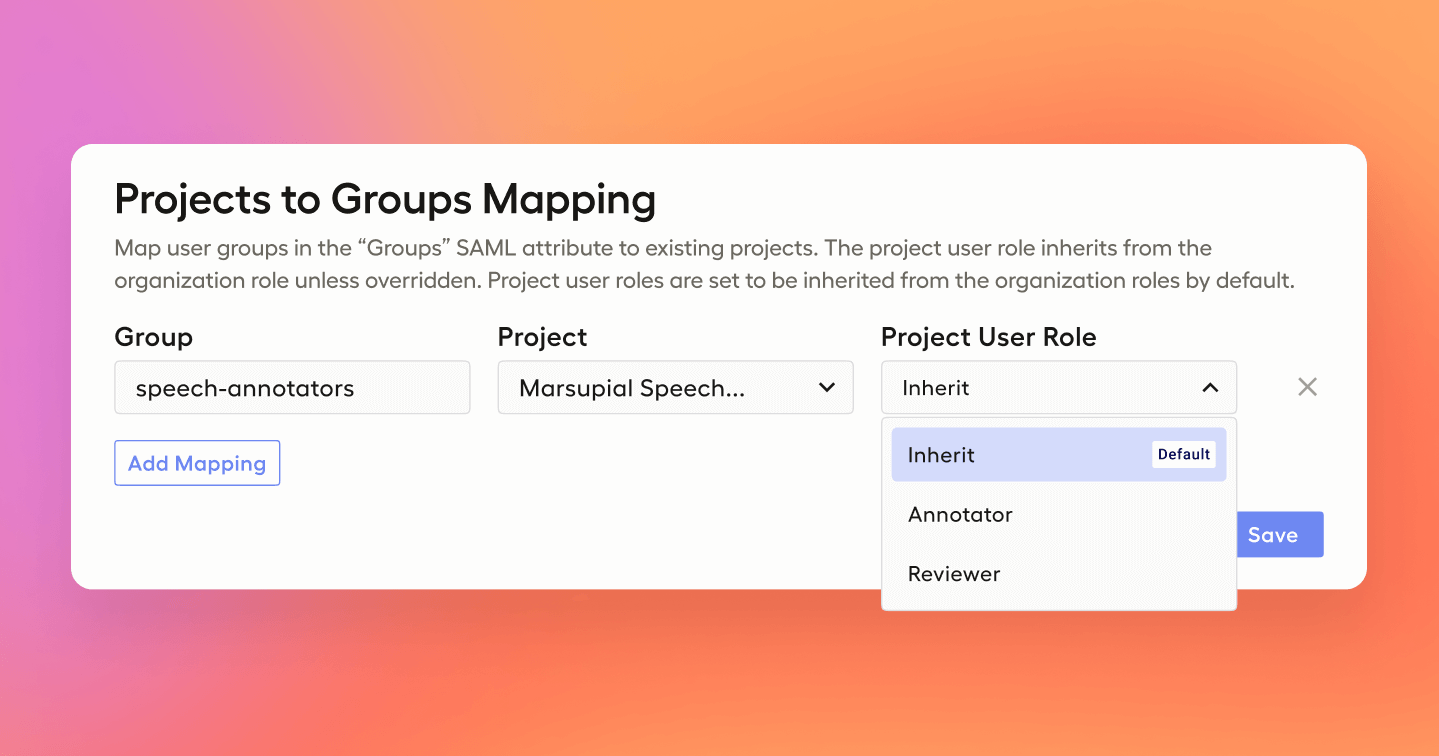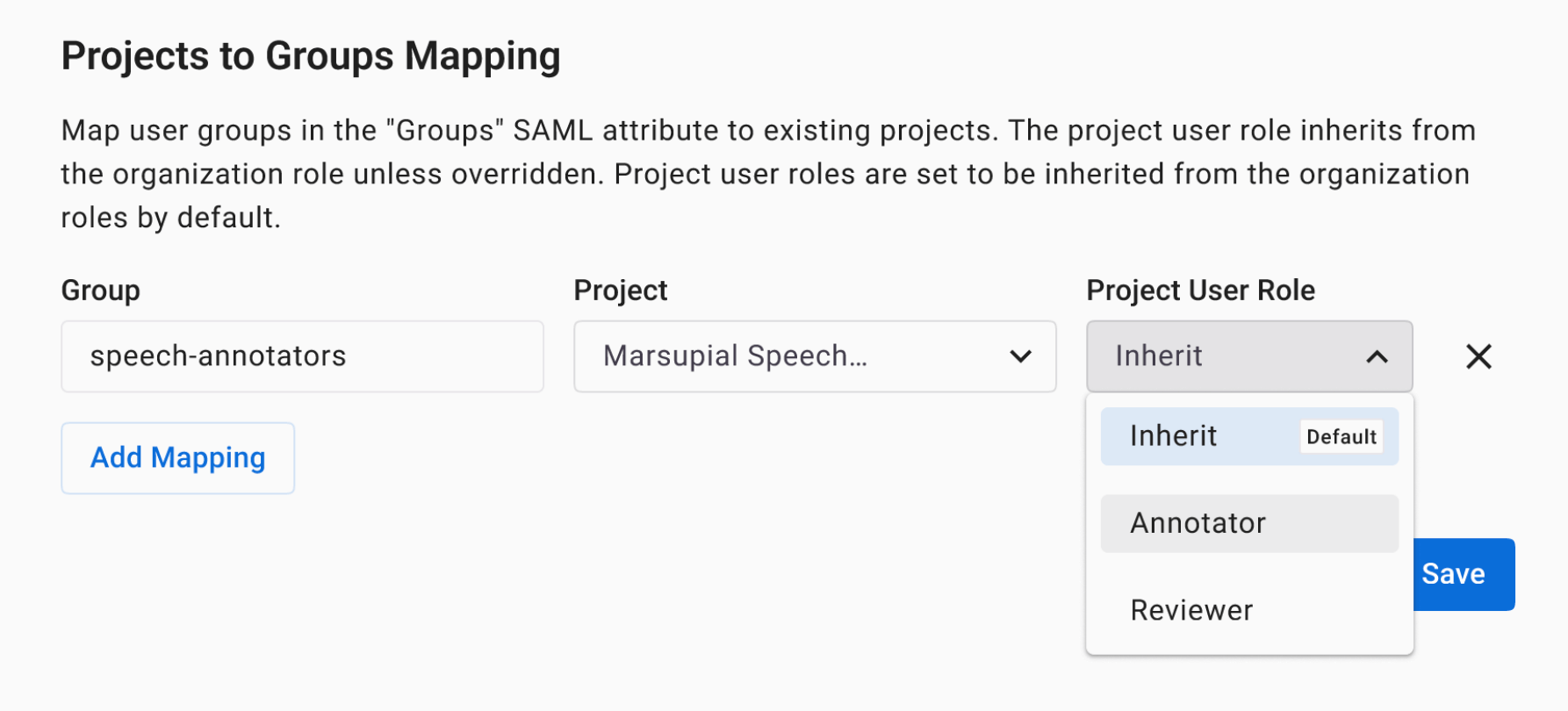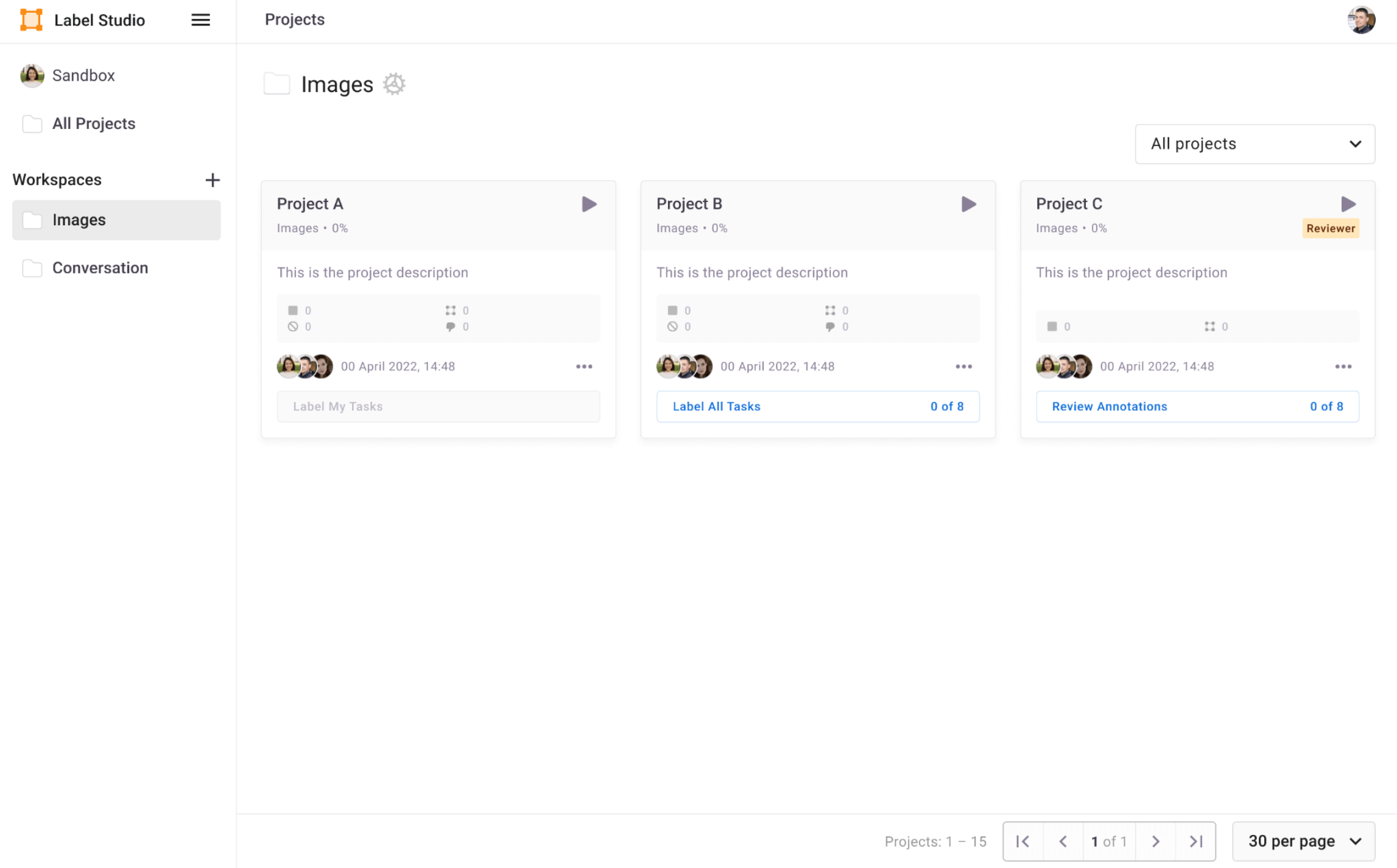Manage and Restrict Access to Your Data at a More Granular Level With Project-Based Roles


The newest version of Label Studio Enterprise includes Project-Level Roles. These provide more granular access controls for your data and simplify managing internal team and third-party annotator permissions. Read on to learn about these new roles!

Your data is, in many ways, the lifeblood of your company. This means that security and privacy are paramount. Improper access to your data can lead to lost revenue and fines. Not to mention loss of reputation and trust, loss of competitive advantage, and more. A recent report from IBM puts the average cost of a data breach, including leaks, at a whopping $4.45 million in 2023. That's a not-insignificant price to pay for many computer vision and ML companies.
Controlling access to your data is also essential from a quality perspective. This is important because data quality plays a major role in ML project success (or failure). Being very careful and deliberate about who can access and alter that data is one part. Another is assigning your best users to label or review your mission-critical data.
That's where Project-Level Roles come in. They allow managers to assign labeler and reviewer roles to users within projects. These roles can differ from the ones set at the organizational level. When working on a specific project, the project-level role determines what data they can view and what actions they can perform.
This eliminates the need to provide greater permissions than may be otherwise desirable through more granular access controls. This can be especially useful when working with mixed teams or third-party labelers. These new roles also allow for more agility, as roles can be changed in seconds as team members shift between projects, all without changing their organizational roles or compromising on data access.
Project-level roles, which administrators and owners can set, are available through both the UI and API. Functionality includes:

To learn more about this and other recent releases, check out our documentation. Need help with your machine learning or data science project? Our experts would be happy to chat with you.